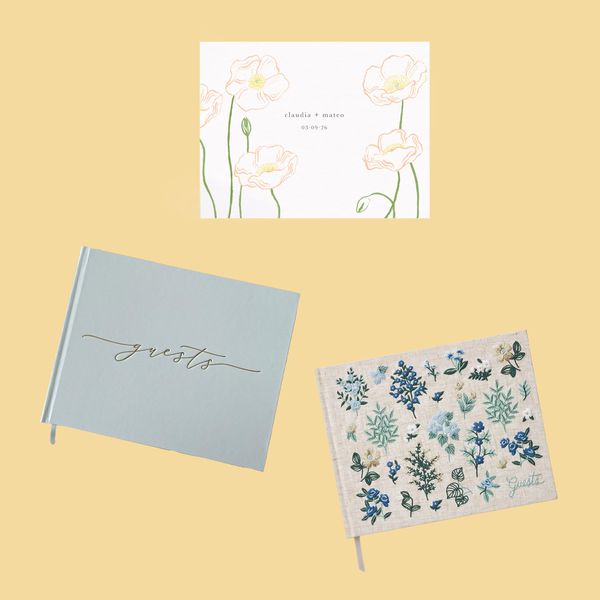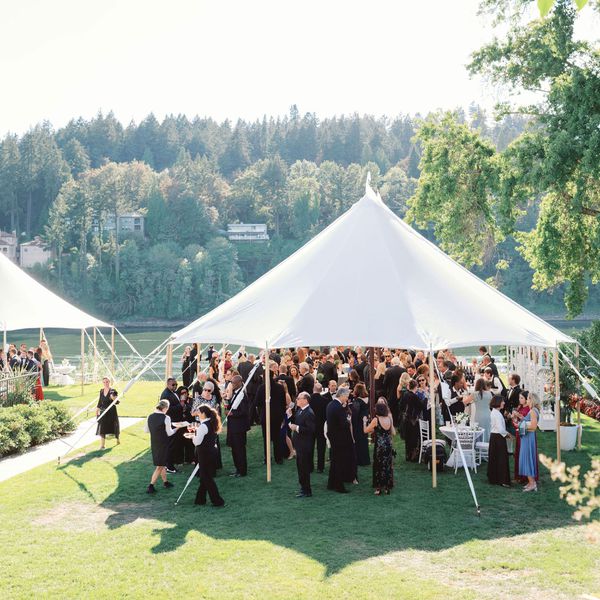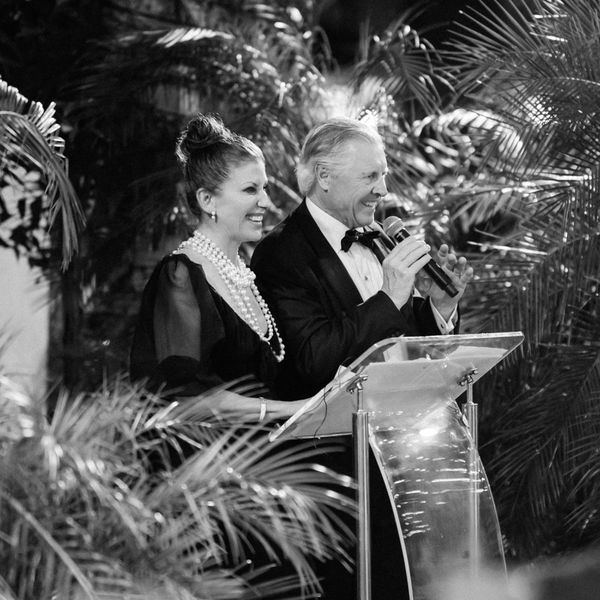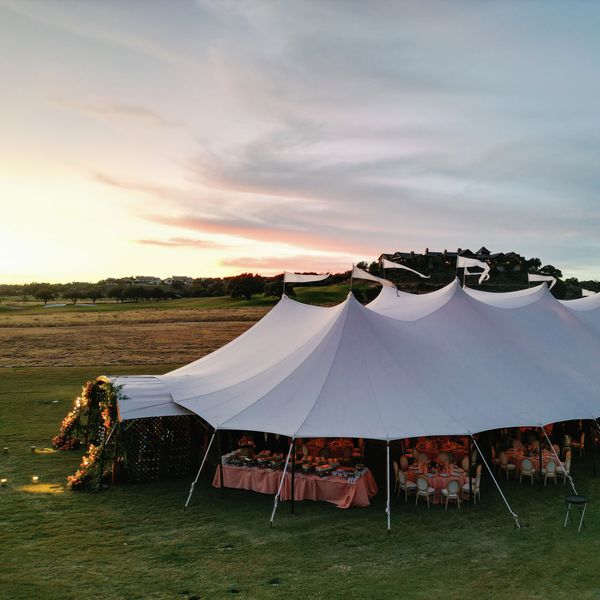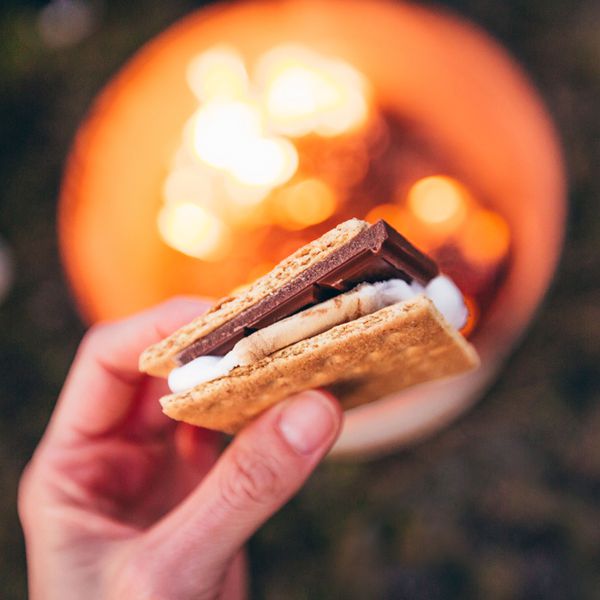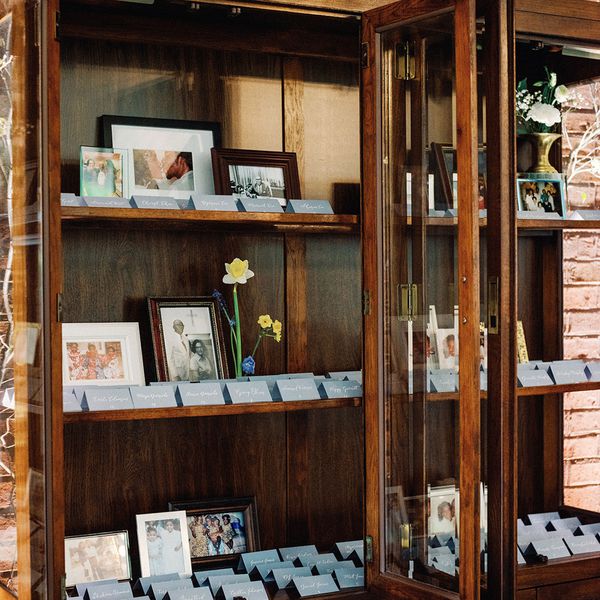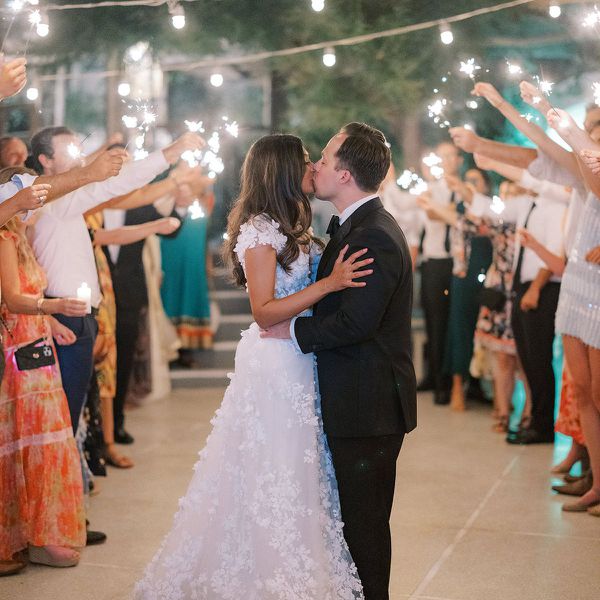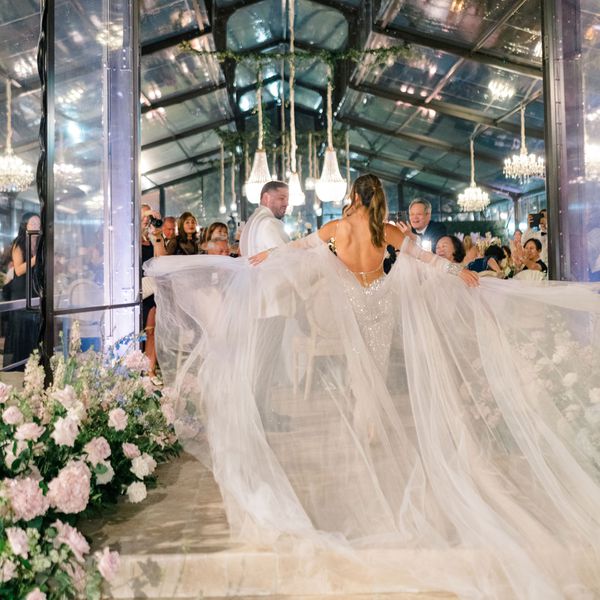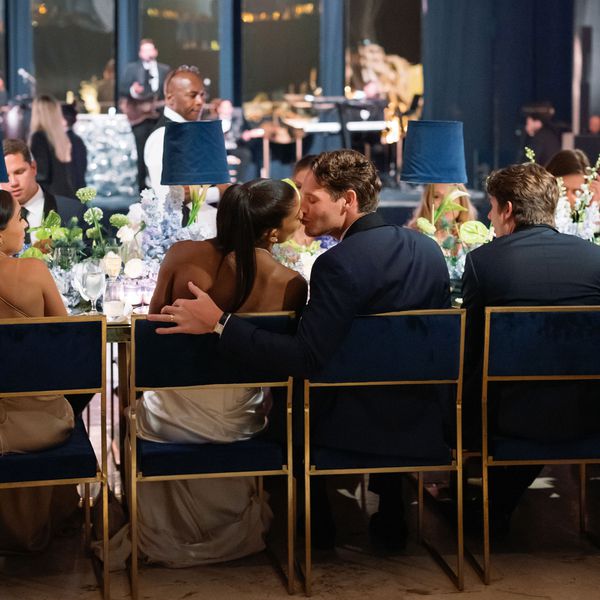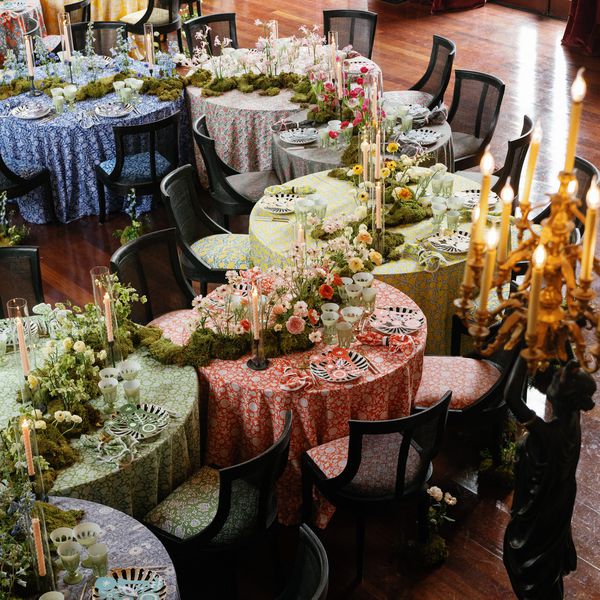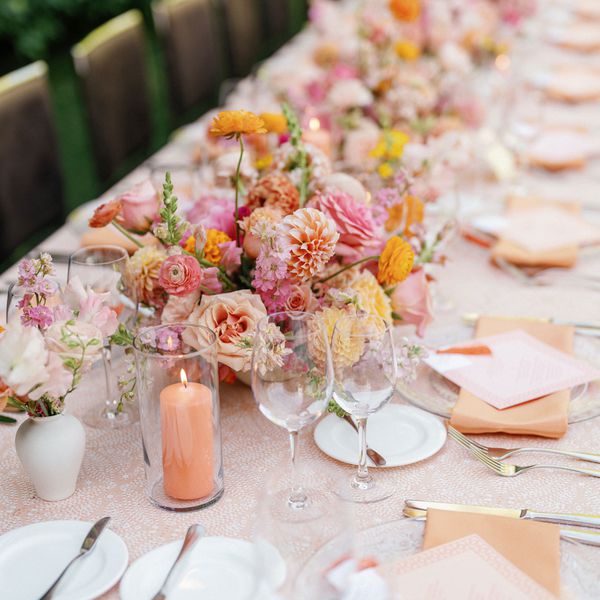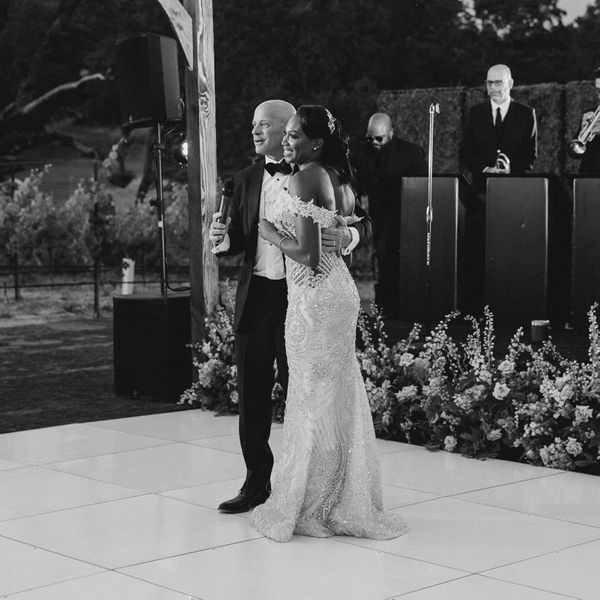:max_bytes(150000):strip_icc()/01-Money-Dance-Wedding-Nora-Photography-8881dcb255e64142b79b982653b37805.jpg)
Photo by Nora Photography
Wedding celebrations, no matter where you're from, are full of traditions. Between wearing a white gown, walking down the aisle, reciting vows, cutting the cake, and exchanging rings, there are scores of customs that get incorporated into a wedding ceremony and reception. The money dance, in particular, is one well-known tradition that spans multiple countries and cultures—and it's a practice that is steeped in history. “Couples put a lot of consideration into incorporating cultural traditions, like the money dance, into their special day,” says luxury wedding planner Kate Murtaugh.
This custom—which you'll find variations of in Poland, Greece, Nigeria, Philippines, Samoa, Fiji, Tonga, Portugal, Cuba, Latin America, Mexico, Eastern Europe, the United States, and more—is meant to help establish a couple in their new life together, show them how much they are loved and appreciated, and unite their two families. “We’ve planned the money dances for our Nigerian, Filipino, and Polish clients' weddings," shares ILE Events founder Alicia Mae. "It's always a fun part of the night where everyone is cheering, dancing, and celebrating. The difference between the money dances is the way each culture offers the money and why.”
Meet the Expert
- Kate Murtaugh is a luxury wedding planner, and the CEO and creative director of Kate Murtaugh Events & Design.
- Alicia Mae is the founder of ILE Events, a full-service wedding and event planning company.
- Christy Record is the founder of Swank Soiree Weddings and Events.
- Maria Corvallis is the president and creative director of Peter Corvallis Productions.
However, not all guests will be familiar with this tradition, so it's important for soon-to-be-weds to inform their loved ones about what they'll expect. That's why we put together a simple guide on the money dance to help explain this practice. Ahead, learn more about the history and meaning behind this tradition, as well as an overview of the dance in different cultures.
:max_bytes(150000):strip_icc()/dmargherite_katy_adrian_2022-1267-31039395fd8d4a9a8c7918796663b4b1.jpg)
Photo by Danielle Margherite Photography
The History of the Money Dance
The money dance—which is also referred to as the dollar dance, money spray, or apron dance, depending on one's culture—has no definitive source to reference as to when it started or which country was first to initiate it as part of a wedding celebration. That being said, since variations of this dance are popular in Poland, Greece, Nigeria, Philippines, Samoa, Fiji, Tonga, Portugal, Cuba, Latin America, Mexico, and Eastern Europe, its origin can likely be traced back to these areas.
The Money Dance in Different Cultures
Here, we highlight the different variations of the money dance around the world.
Polish Apron Dance
During this tradition, guests line up to dance with the bride and offer money to the newlywed couple, which is collected into a special apron held by the bride's father. The Pani Mloda Polka song is played, and after dancing with the bride, guests receive a drink (usually a shot of spirits).
Nigerian Money Spray
Originated by the Yoruba people in Nigeria’s Southwest, money spraying symbolizes a showering of happiness, good fortune, and the guest's affection for the couple. The bride and groom are ushered in and dance behind the wedding party. Guests encircle the couple on the dance floor and come forward, placing bills on their foreheads, allowing them to “rain down.”
“At a Nigerian wedding reception, the bride and groom are dressed in traditional attire,” says Swank Soiree Weddings and Events founder Christy Record. “For the Yoruba tribe, the bride wears Iro and Buba and the groom wears an Agbada. As the money is sprayed, 'collectors’ take the cash from the floor and place it in bags for the couple.”
Filipino Money Dance
In this version of the money dance, male guests line up in front of the bride to pin money on her dress while the women pin money on the groom. The pinning can get creative with bills pinned together as garlands, made into crowns, or streaming down their clothing. Keep in mind that this decoration process can take a bit of time if there are a lot of dancers, and guests take turns dancing with the bride and groom.
Portuguese Money Dance
Historically, this dance involved male guests lining up and dancing with the bride. Today, bridesmaids and female guests also dance with the groom. The bride's father usually begins by dancing with his daughter while the groom's mother dances with her son. The bride takes off her shoes and puts them in the middle of the dance floor, where guests take them to pass around collecting money for the dance.
Greek Money Shower
In the smaller villages in Greece, there is an old tradition of pinning money to the bride's dress at the reception during a special dance. In America, this tradition is more of a money shower. When the couple dances near, the guests will toss a whole wad of bills to help them get established in their new life. “The traditional money dance with the pinning of bills is not as widespread in Greek-American communities as it once was, especially here on the West Coast,” says Peter Corvallis Productions president and creative director Maria Corvallis. “I have only seen it as a showering of bills as the couple dances near or comes to each table.”
Cajun Money Dance
In Louisiana, a Cajun wedding typically includes the money dance. Traditionally, guests will pin money on the bride’s veil to dance with her. Today, the groom is also pinned for a dance to lively Cajun music.
:max_bytes(150000):strip_icc()/1075-MeghanDesmond-HI7A4209-c0434698ae6c4f69ae133a9f400648bb.jpg)
Photo by Chris & Ruth Photography
5 Modern-Day Money Dance Ideas and Alternatives
According to our experts, here are a few money dance ideas and alternatives guests can expect—and couples can incorporate—into their wedding celebration.
- Couples may prefer to celebrate this tradition by merely dancing together while their loved ones throw money at them in celebration of their new life together.
- Some couples may not want money as part of their dance. If that's the case, they may choose to substitute cash for little love notes written by each guest to toss.
- While the Portuguese tradition is to pass the bride's shoes around the room for contributions, brides can consider a second pair of less expensive shoes for the money collection.
- After playing the traditional money dance song, couples can get a little creative and have the DJ play a song mix with the word “money” during the hook for something fun.
- If pinning the money onto clothing is part of a couple's custom, some may consider changing into a second outfit to avoid ruining their gown or tux.


